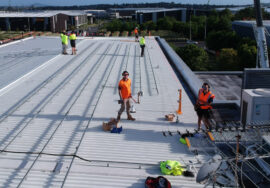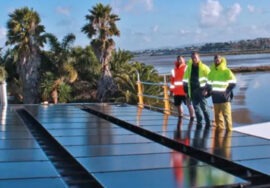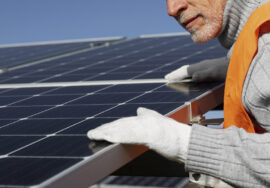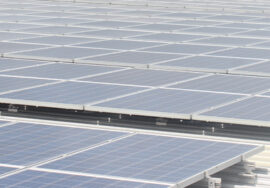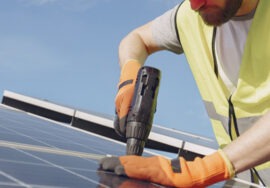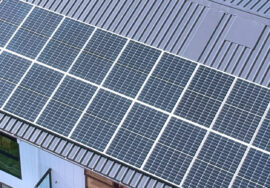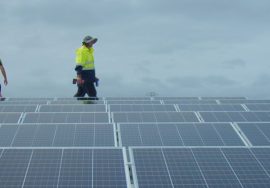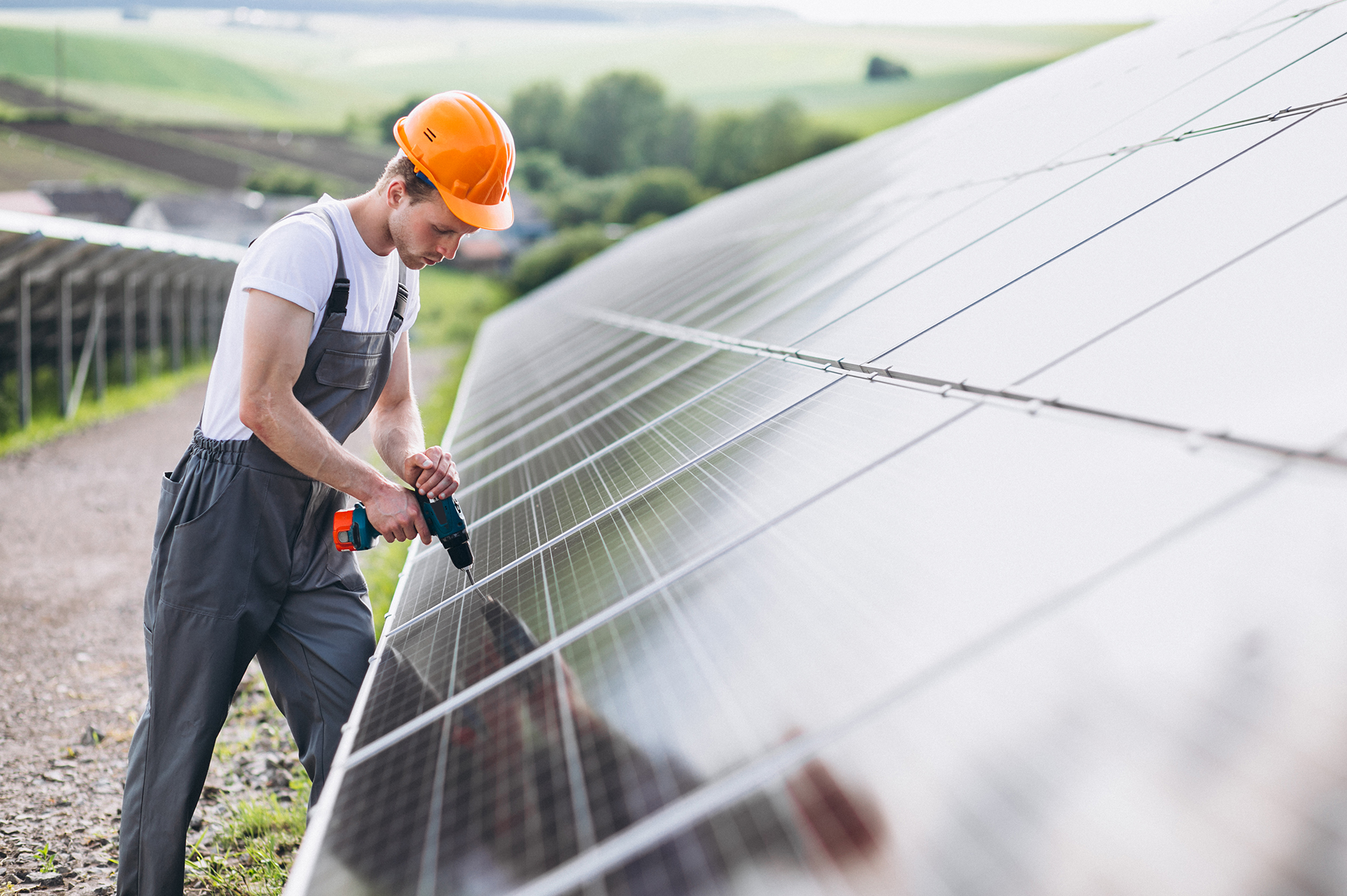
How Long Do Solar Panels Last?
#solarworld #solarPPA #commercialsolar #solarpanels #Trilectsolar
Accounting for Solar Panel Degradation
When businesses make an investment in new equipment, they should have a realistic idea of the asset’s expected useful life and its anticipated performance year over year. After all, these key metrics help calculate the asset’s payback period and the overall return on investment (ROI) for the organization.
An investment in solar is no different. Solar panels are widely regarded as a very durable and long-lasting application, but like any technology, their productivity naturally decreases over time. This process is called panel degradation and solar providers must incorporate a predictive model for degradation to provide prospective system owners with the most accurate ROI projections for their project.
Here we provide useful information to project owners about how degradation rates are calculated and applied, as well as how the selection of solar provider can further maximize the long-term productivity and profitability of every system.
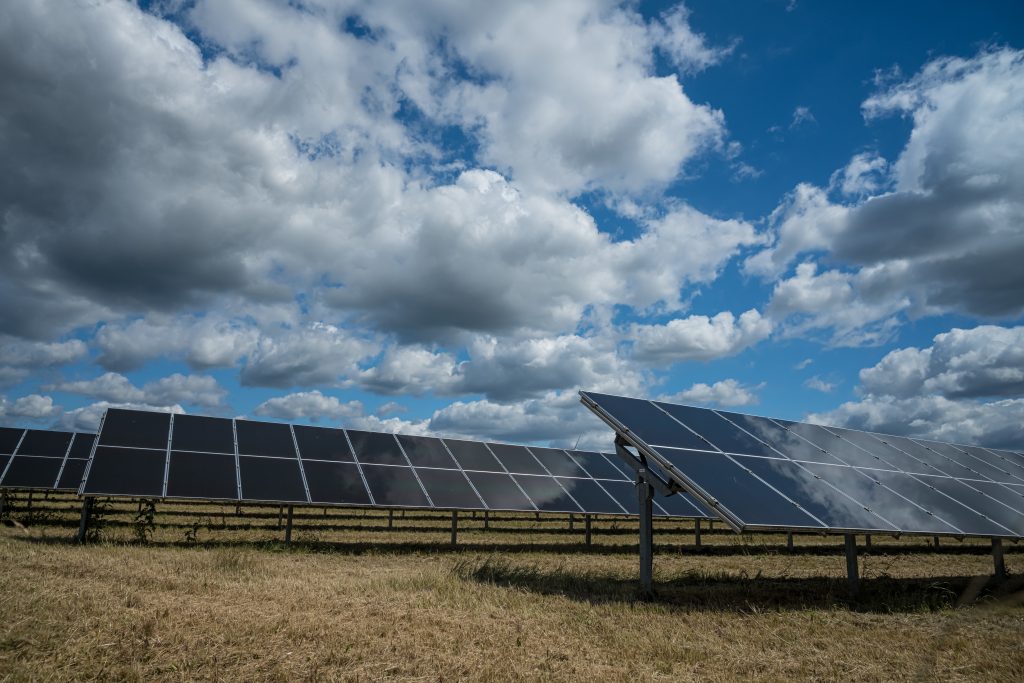
Panel Degradation: What to Expect and When
Under normal conditions, solar panel degradation is a gradual process. The National Renewable Energy Laboratory (NREL), which is a federal agency dedicated to the research, development, commercialization, and deployment of renewable energy technologies, has conducted longitudinal studies for more than 40 years on the topic of panel degradation.
After studying thousands of solar installations with different panel types, installation styles and weather and climate conditions, NREL’s most recently published data indicates that panels typically experience a median reduction in power output of 0.5% – 0.7% per year with up to a 1% degradation in the first year. This means solar panels that are installed properly should still retain at least 80 – 85% of their full output capability at 25 years of operation.
If utilizing high-quality components sourced from established manufacturers, system owners should expect to see these statistics supported within the product’s performance warranty.

Figure 1: Industry standard degradation rates are shown, including 1% in the first year and .5% and .7% rates. The blue line represents warranty coverage, and the red line represents a system’s typical 30-year investment lifespan. As seen above, panels do not fully degrade by this 30-year mark; many can continue to produce electricity for an extended time period, though at a lower level.
How Do Weather and Climate Conditions Affect Solar Panel Degradation?
NREL’s studies on panel degradation, perhaps unsurprisingly, revealed that sustained climate extremes, especially perpetual heavy winds and desert climates with intense UV radiation, are associated with higher degradation rates. Conversely, panels installed in more moderate climates, even northern and midwestern regions of the United States that experience significant snowfall, are associated with the lowest rates of degradation.
Apart from truly catastrophic weather events, quality panels that are installed properly are quite resilient to intermittent weather conditions. NREL highlighted this in May 2017 when a significant hailstorm pelted the organization’s Golden, Colorado headquarters. NREL closely documented the storm’s impact on the performance of its own solar installation, noting that only one of the system’s 3,168 panels was damaged. The system’s performance monitoring system was able to confirm that the power efficiency of the remaining 3,167 panels was unchanged by the storm.
How Can Solar Developers Help Protect Customers from Undue Degradation?
Knowing that panel degradation influences electrical production over time, experienced project developers like SunPeak take important measures to safeguard their customer’s investment.
First, they take a consultative approach with each project, considering historical weather patterns and environmental conditions within the project assessment and feasibility process.
Secondly, a panel degradation model will be incorporated within the initial proposal process, so that all of the system’s production and financial projections reflect expected panel efficiency changes over time.
There are some measures that can be used to prevent possible causes of degradation.
Prevention of microfractures
Tiny cracks can form on the panel’s surface or within the silicon found inside the panel and can result in reduced panel efficiency over time.
Therefore, minimizing physical stress to panels during the transportation, delivery and installation processes is very important.
Comprehensive plans documenting how panels will be stored and moved throughout the jobsite, as well as proper training for site teams help ensure that panels will not be damaged during installation.
Use of high-quality panels
Utilizing high-quality solar panels produced by reputable manufacturers with proven product performance is also critical.
Not only will the manufacturer be focused on vigilant production and transport processes and documentation, they stand behind their products with solid warranties.
Pre-construction site assessment
A proper site assessment performed by a skilled solar provider can mitigate many potential issues before they surface.
Technicians will look for any nearby elements that could potentially move or impair the system. Trees, power lines, roof equipment and other factors will be considered and reflected in the project’s final design.
Ongoing performance monitoring
The ultimate reassurance that a solar PV system is working properly is to monitor its performance continuously. Trilect Solar monitoring platform will be able to provides real-time performance data and error detection for the system should it arise.
Key Takeaways
With no moving parts, solar PV systems are remarkably reliable and provide businesses with a long-term, durable and useful asset.
While a moderate amount of solar panel degradation is normal and expected, systems that are well designed, properly constructed and professionally monitored are more than likely to last their lifetime and beyond.
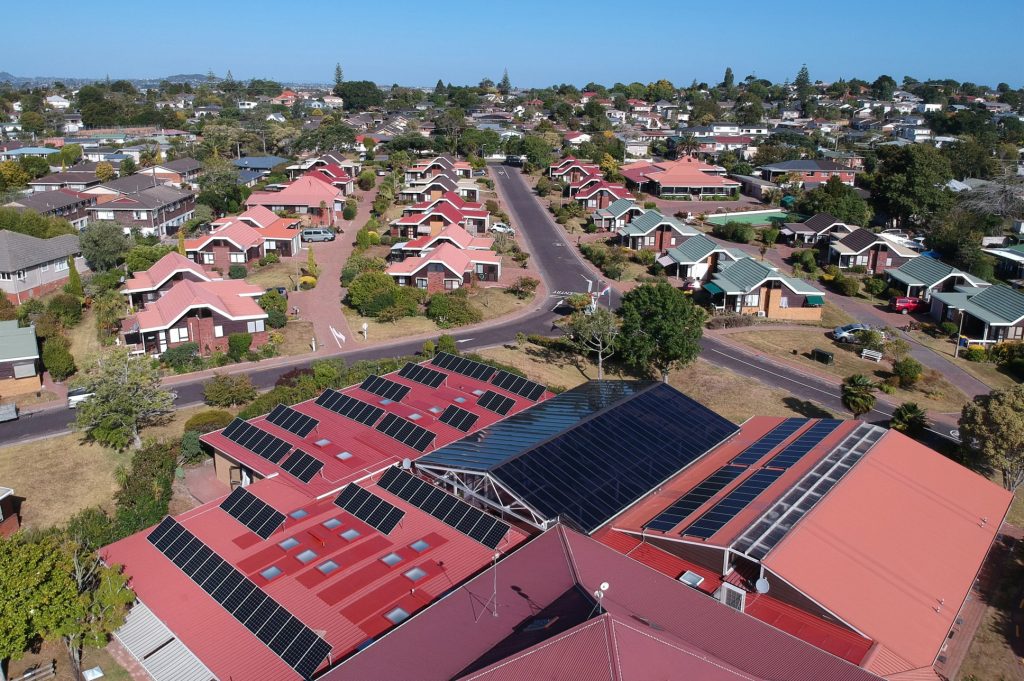
Keywords: solar PPA, commercial solar, solar panels, Trilect Solar
ABOUT TRILECT SOLAR
Trilect Solar is a division of Trilect Services, New Zealand’s master electrician since 1997.
We are members of the Sustainable Energy Association of New Zealand (SEANZ) which offers additional peace of mind to our customers.
Trilect Electrical Services is a large electrical service company which is a member of the Master Electricians & Mastercraft network with 40 employees and a 20+ years history of customer satisfaction.
We do not use sub-contractors. All of the installations will be carried out by our experienced team.
Trilect Solar offers a customised energy plan that works for your home/ business.
Get started now by booking a free on-site consultation.
Request Your On-site Consultation
Or call us on 0800 850 888

